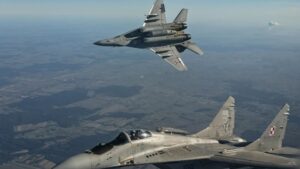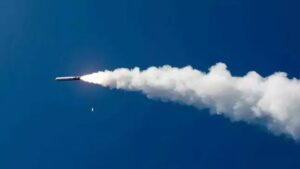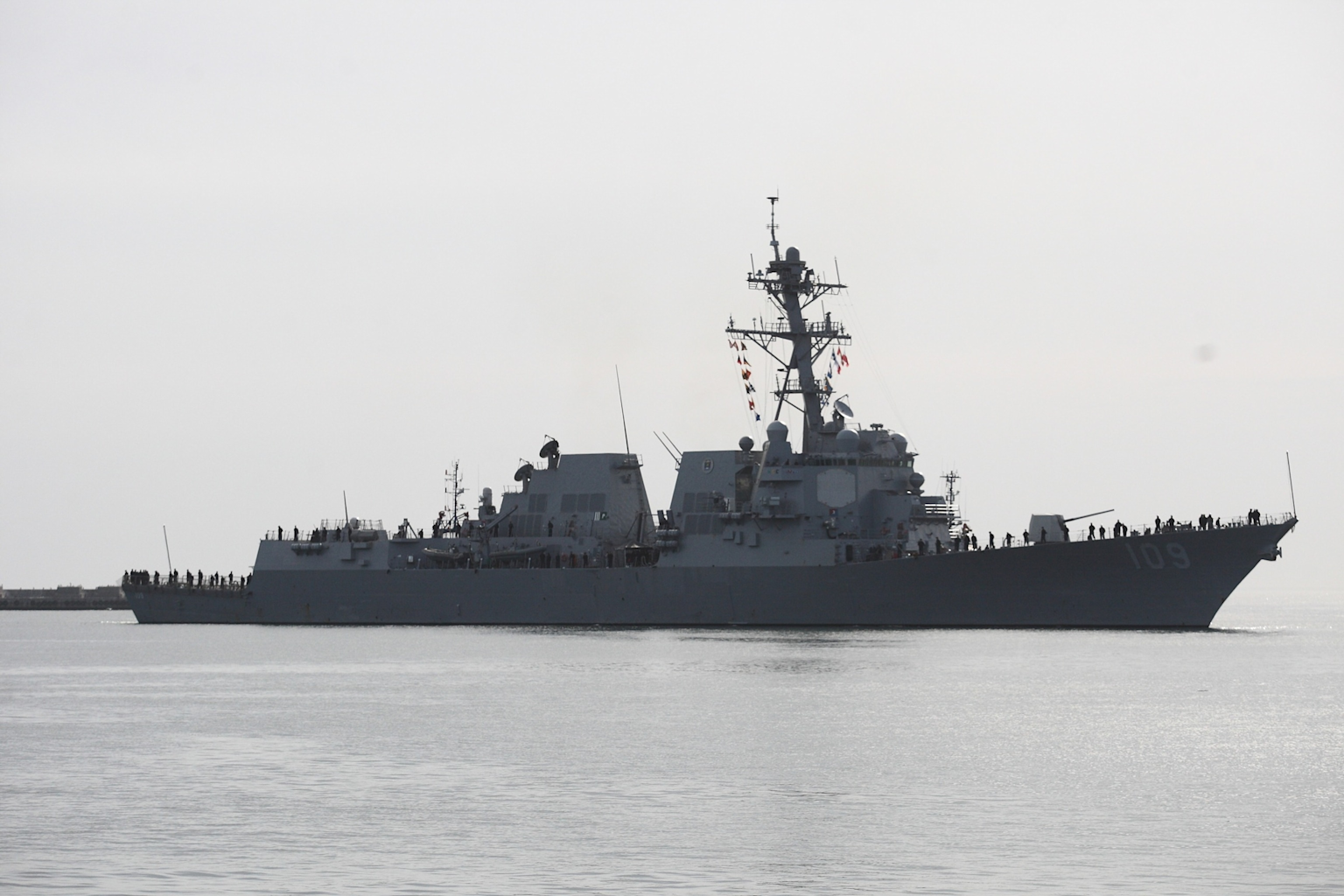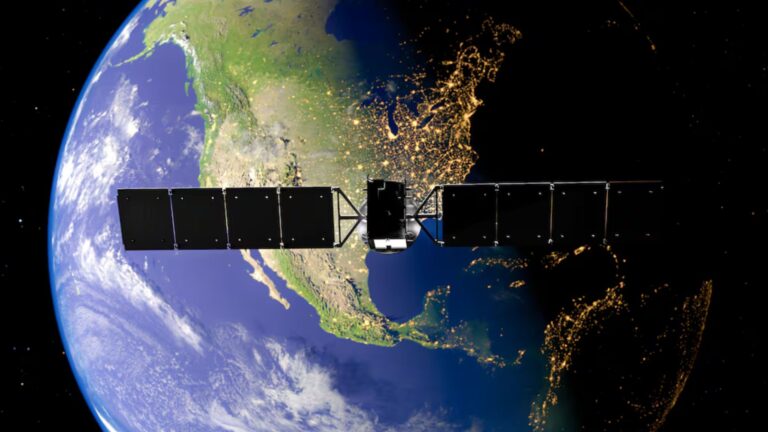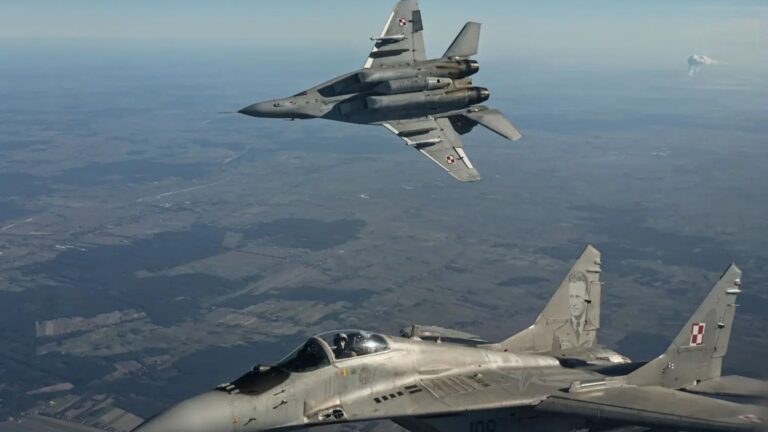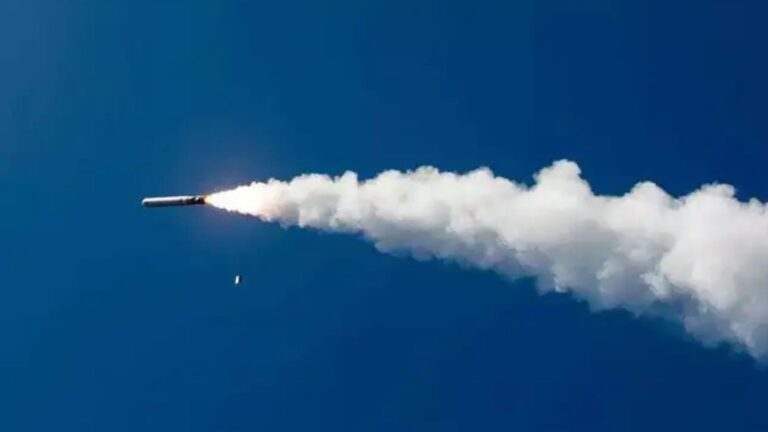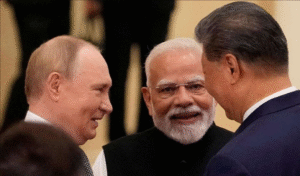In a highly charged encounter over international waters in the Caribbean Sea, two Venezuelan military aircraft on Thursday executed a close-range pass near a U.S. Navy destroyer in what the Pentagon described as a “highly provocative move.” The incident unfolded roughly 70 nautical miles off Venezuela’s northeastern coast, raising alarm within U.S. defense circles and feeding into broader geopolitical friction between Washington and Caracas. The flyby, which lasted under five minutes, prompted U.S. forces to issue warnings via radio communications, underscoring the delicate balance of power and the ever-present risk of miscalculation at sea.
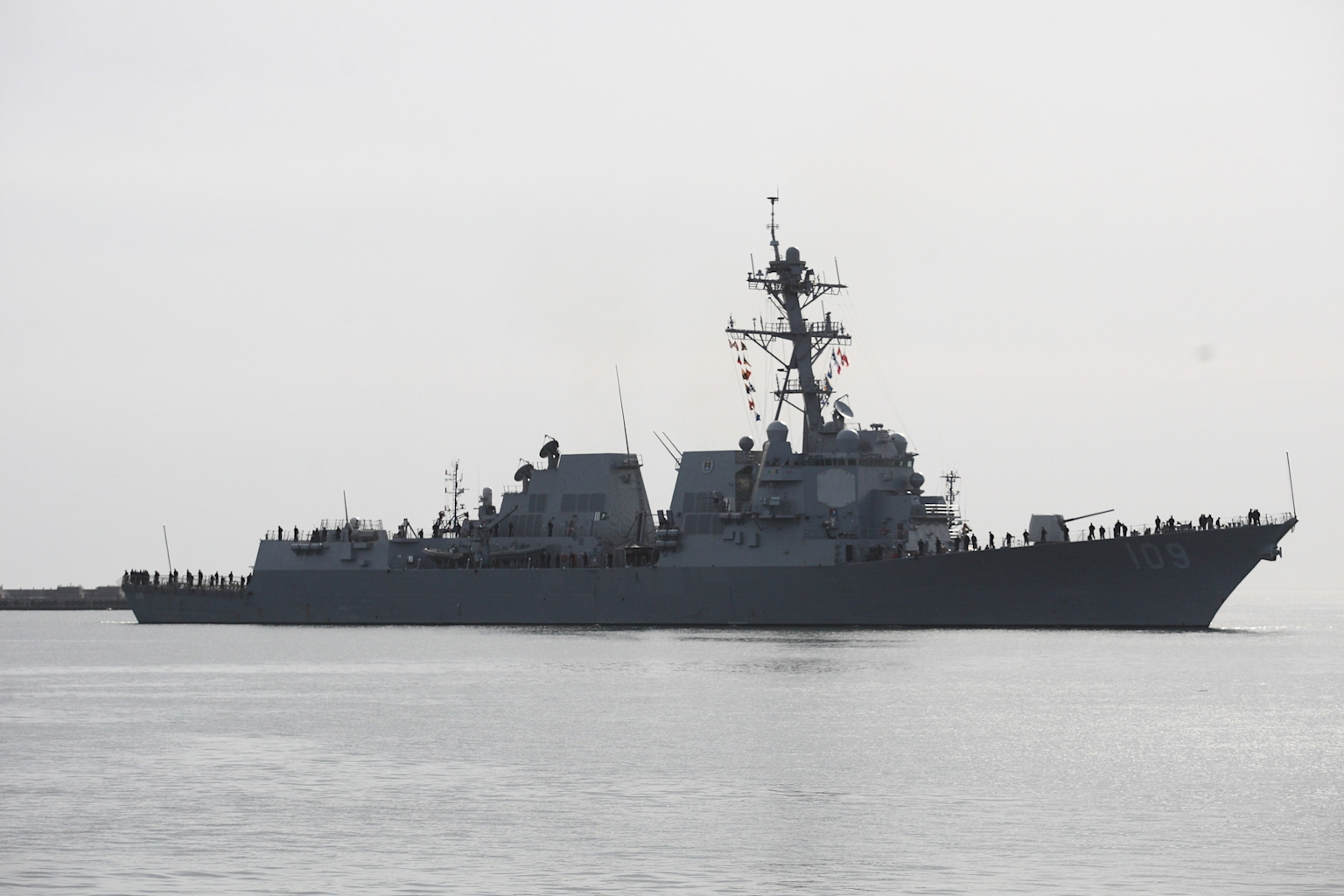
The sleek gray silhouette of the USS John Paul Jones cut through calm waters as sailors scanned the skies overhead. It was midday when two Sukhoi Su-30MK2 fighter jets, painted in Venezuela’s gray-blue colors, swooped in from the north at altitudes barely above 500 feet. Radar logs later confirmed the jets closed to within 1,200 yards of the destroyer’s starboard bow, prompting bridge officers to sound general quarters. Moments before the maneuver, the ship’s crew reported receiving repeated radio challenges in Spanish, questioning their intentions.
In Washington, Pentagon spokesperson Lieutenant Colonel Sarah Andrews condemned the action: “This flyby represented an unsafe and unprofessional act that needlessly escalates tensions in the region.” U.S. Southern Command immediately dispatched tactical aircraft to shadow the Venezuelans as they departed toward Venezuelan airspace. Senior defense officials, speaking on condition of anonymity, characterized the provocation as part of a broader campaign by Caracas to assert its maritime claims and signal defiance against ongoing U.S. sanctions.
Heated Exchanges
Within hours of the incident, Venezuela’s Ministry of Defense issued a statement alleging that U.S. warships were encroaching on Venezuelan economic waters under the pretext of counter-narcotics patrols. “Our sovereign jets performed a lawful inspection of foreign vessels infringing upon our maritime territory,” the statement read. The ministry accused the U.S. Navy of flying drones overhead Venezuelan oil platforms and vowed increased aerial surveillance.
Meanwhile, U.S. lawmakers seized on the episode to criticize the Biden administration’s stance toward the Maduro regime. Senator Susan Collins described the incident as “a wake-up call that authoritarian regimes are emboldened when the U.S. shows hesitancy.” Critics in Caracas, however, labeled the U.S. Navy’s presence as “intrusion,” pointing to a recent uptick in U.S. operations near Venezuelan natural gas fields.
In-Depth Analysis
Regional security experts warn the confrontation reflects decades-long strains stemming from mutual distrust. Since the Venezuelan government evicted U.S. diplomatic personnel in 2019, Caracas has steadily upgraded its military hardware, including purchasing advanced fighters from Russia. “This incident is emblematic of a new normal—sharper brinkmanship without direct conflict,” notes Dr. Elena Martínez of the Atlantic Council. Historical parallels emerge with Cold War-era encounters between superpower navies in the Caribbean, though modern surveillance capabilities intensify the stakes.
Data compiled by the U.S. Congressional Research Service indicates that in the past 18 months, U.S. Navy vessels have logged a 27% increase in Caribbean patrol days, reflecting concerns over narcotics trafficking and influence operations. Venezuela’s military flight operations have likewise risen by 15% in the same period, according to open-source defense trackers. These statistics underscore a trend toward more frequent face-to-face interactions between the two forces.
What Comes Next
In response to Thursday’s flyby, U.S. naval commanders have scheduled joint exercises with regional partners off the coast of Trinidad and Tobago next week, focusing on freedom-of-navigation drills. Diplomats in Washington and Caracas plan to reopen limited channels of communication aimed at de-escalation, though no formal talks have been announced. Analysts caution that without clear maritime boundaries agreed upon by both sides, similar confrontations could recur.
The incident will likely feature in upcoming debates in Congress over foreign military financing in Latin America, where some lawmakers advocate boosting aid to allied navies for patrol and interdiction capabilities. “We must ensure our partners can secure their own waters and deter provocations,” argues Representative Mike Johnson, chair of the House Armed Services Subcommittee on Readiness.
The broader implications of Thursday’s flyby extend beyond a single naval standoff. In a region already strained by economic hardship and political upheaval, such encounters risk inflaming nationalist sentiment and complicating humanitarian efforts in Venezuela. As both governments weigh their next steps, the Caribbean Sea remains a strategic flashpoint—its calm surface belying currents of tension beneath.
